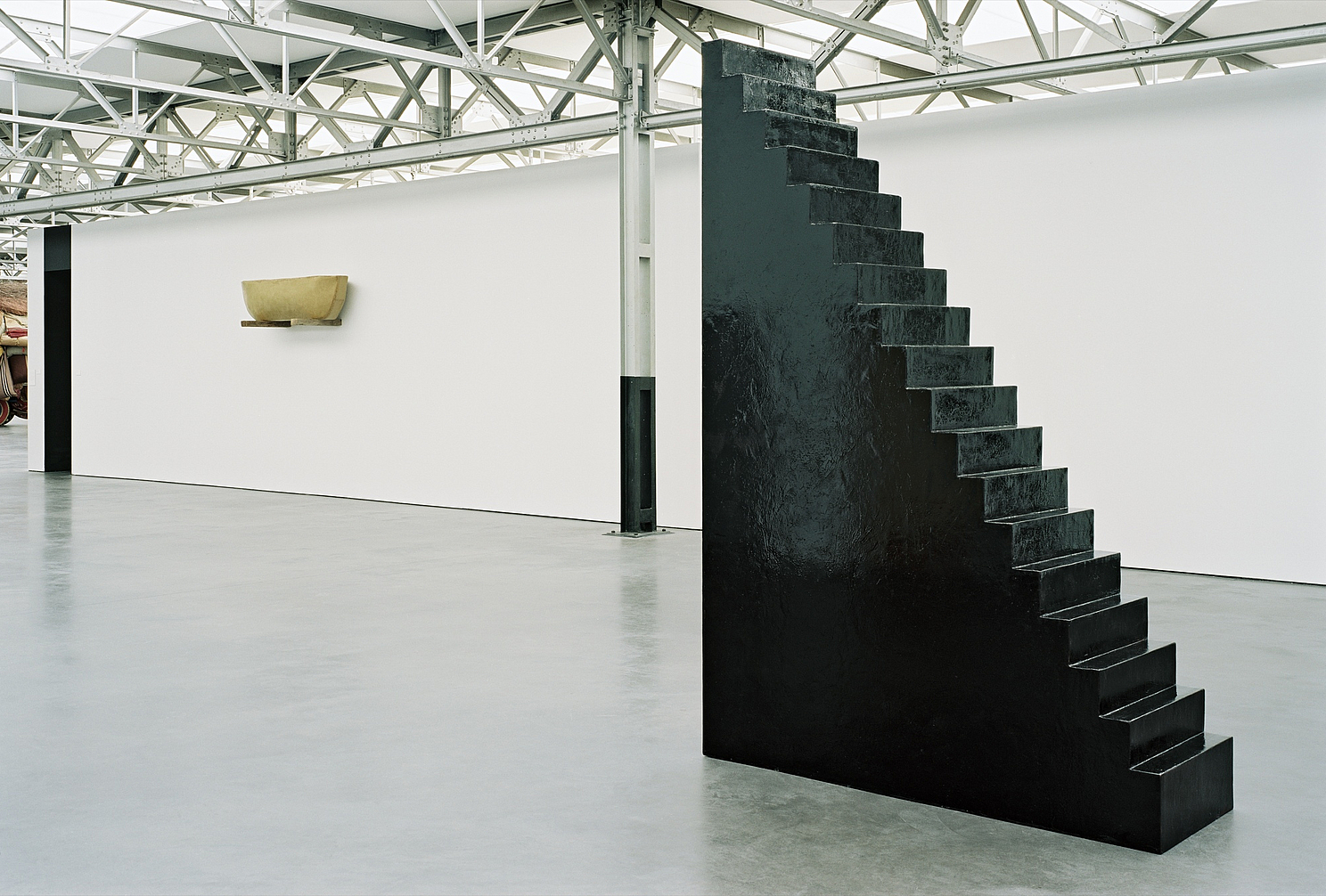Wolfgang Laib (Metzingen 1950) gained a reputation by way of his sculptures and installations that consist of natural materials; due to the intense color and smell of these materials, the works offer a strong sensory experience. He is fascinated by the Asian, in particular the Buddhist, concern and respect with which natural surroundings are observed and experienced. His interest in this already began when he made trips with his parents to India, but also to Islamic countries. But the Western mystical tradition and utopian art movements from the early part of the twentieth century are also echoed in his work.
His drawings are almost schematic, often rhythmically repeated, indications of the forms and objects that also play a role in his spatial work. The drawings are carried out in pencil and pastel chalk, in yellow or red. These colors are reminiscent of the glow of pollen and beeswax. Occasionally we can recognize animals, mountains, plates or bowls. Architectonic forms such as towers, domes and niches frequently constitute the point of departure for his drawings as well. Particularly the ‘ziggurat’ – the terraced pyramidal tower from ancient Middle Eastern cultures – can be found in many drawings. On his numerous trips throughout the Middle East and Southeast Asia, Laib photographed a great deal of architecture. The structures are often shrines, temples, commemorative stones and ritualistic sites whose forms of construction have been determined by age-old traditions. This archaic architecture serves as the basis for countless drawings of abstract shapes such as squares, triangles, arches and pyramidal forms. But these formal aspects are not, in themselves, the essence of Laib’s work. They are almost always framed by a thin pencil line which seems to order and systematize them. It is as though the artist thereby expresses the awareness that everything is part of a greater order and different dimension of place and time. Laib recognizes the spirituality of this awareness in the offerings made at altars in India, where the gods are placated with incense, milk and flowers. Prime importance is given to the simplicity of material and form, yet in that simplicity lies an intense experience and spirituality – the richness of a cosmic order and a profound connection with nature.
This exhibition is organized in collaboration with Kunstmuseum Bonn.
